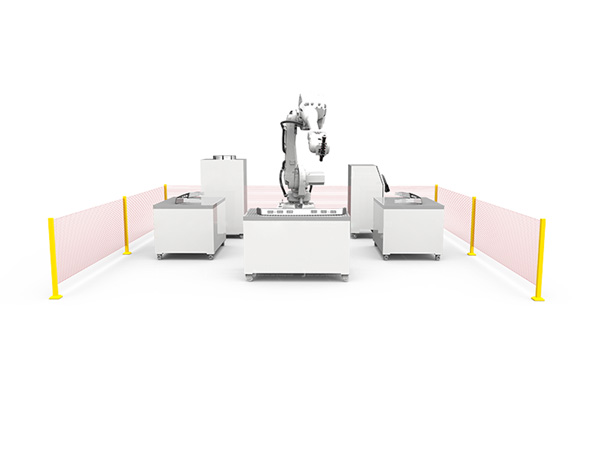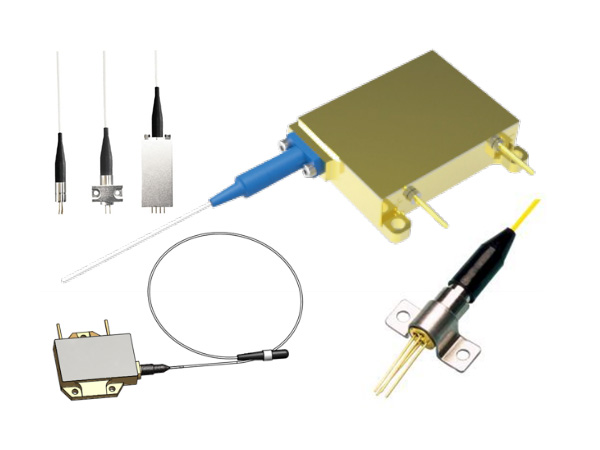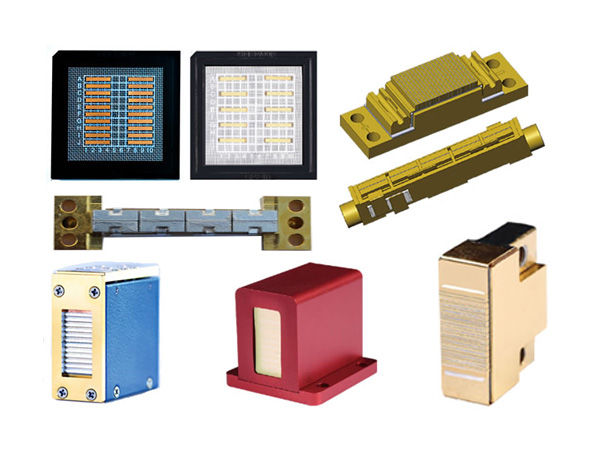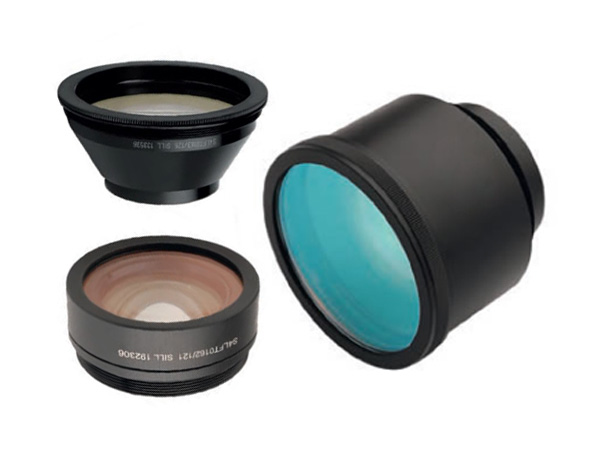A Brief Discussion on the Essential Differences Among Laser Processing Techniques
Laser processing technology involves the interaction between a laser beam and materials to perform cutting, welding, surface treatment, drilling, and micro-machining. As an advanced manufacturing technique, laser processing has been widely adopted across industries such as automotive, electronics, electric equipments, aviation, metallurgy, machinery, instrumentation, microelectronics, decoration, packaging, printing, pharmaceuticals, and tobacco. It significantly enhances product quality, productivity, automation, and sustainability while minimizing material waste and environmental pollution.
Laser processing technology is environmentally friendly, its energy is concentrated during the processing process, the heat-affected zone is small and free from electromagnetic interference.Any material can be engraved and cut without causing mechanical extrusion and mechanical stress to the material. Laser processing technology uses computer programming to maximize material utilization. So what are the principles of various laser processing technologies? What are the advantages of being applied to various industries?
Analysis of the principles and application advantages of laser processing technology: Laser processing is applicable to most metals (carbon steel, stainless steel, aluminum, titanium alloys, etc.) and non-metals (glass, acrylic, fiberboard, wood, paper, etc.), especially for ultra-hard materials and rare metals that are challenging to process via conventional methods.
Laser cutting of laser processing technology: Using a high-power density laser beam to irradiate the material to be cut, so that the material is quickly heated to the vaporization temperature, evaporated to form holes, and as the beam moves on the material, the holes continuously form a very narrow (such as about 0.1mm) slit to realize the cutting of the material.
Compared with traditional cutting processes, laser cutting has the advantages of high speed, high precision and high adaptability, fine slits, small heat-affected zone (small deformation), good cutting end face quality, no noise while cutting, and the organization and performance of the weld zone are close to the parent material; cutting processing does not require a mold, which can replace the processing method of using complex mold punching, which can greatly shorten the production cycle and reduce production costs.

Laser marking/engraving of laser processing technology: It is a marking method that uses high-energy-density laser to partially irradiate the workpiece, vaporize the surface material or cause a chemical reaction that changes color, thereby leaving a permanent mark. Laser marking can produce various texts, symbols, and patterns, and the character size can range from millimeters to micrometers, which has special significance for product anti-counterfeiting.
The advantage of laser marking is non-contact processing. It can be marked on any special-shaped surface. The workpiece will not deform or produce internal stress. It is suitable for marking materials such as metal, plastic, glass, ceramic, wood, leather, etc.


Laser drilling of laser processing technology: Laser drilling is mainly used in aerospace, automobile manufacturing, electronic instruments, and chemical industries. The application of laser drilling is in the production of artificial diamond and natural diamond drawing dies, and the production of gem bearings for clocks and instruments, aircraft blades, and multi-layer printed circuit boards
Laser welding of laser processing technology: laser radiation heats the surface to be processed, and the surface heat diffuses to the inside through heat conduction. By controlling the laser parameters such as the width, energy, peak power and repetition frequency of the laser pulse, the workpiece is melted to form a specific molten pool. Compared with traditional welding processes, laser welding does not require electrodes, can achieve local heating and ensure high-speed heating; laser welding has a small heat-affected zone, rapid heating concentration, low thermal stress, and beautiful welds. It does not require secondary processing and mechanical contact, and can weld high-melting point, refractory metals or different thicknesses and different metal materials.
.jpg)
Laser quenching of laser processing technology: laser phase change hardening, using a focused laser beam to irradiate the surface of the steel material to rapidly raise its temperature above the phase change point. When the laser is removed, due to the rapid heat conduction of the inner layer material that is still at a low temperature, the surface layer is rapidly cooled to below the martensitic phase change point to obtain a hardened layer. It has the advantages of fast heating speed, high quenching hardness, controllable quenching position, and no need for quenching medium.
Laser surface melting of laser processing technology: a surface treatment process that uses a laser beam to heat the surface of the substrate to above the melting temperature. When the laser beam is removed, the surface of the molten layer is rapidly cooled and solidified and crystallized due to the heat conduction cooling inside the substrate. It is particularly suitable for the surface strengthening of gray cast iron and ductile iron to improve wear resistance.
Laser rapid prototyping of laser processing technology: it combines laser processing technology with computer numerical control technology and flexible manufacturing technology, it's mostly used in the mold and model industry.
Laser rapid prototyping compared with traditional manufacturing methods has the following advantages: high replicability and interchangeability of prototypes; the manufacturing process is independent of the geometric shape of the manufacturing prototype; short processing cycle and low cost, generally reducing manufacturing costs by 50% and shortening the processing cycle by more than 70%; highly integrated technology to achieve integrated design and manufacturing.
Laser coating of laser processing technology: a certain powder metal material is coated on the surface of the substrate by using controllable heat from the laser to achieve surface strengthening effect. It is widely used in aerospace, mold and electromechanical industries.
Laser processing technology of laser surface melting: It uses a laser beam with extremely high power density to act on the metal surface in a very short time, causing the metal surface to evaporate violently locally, generating a pressure of up to 105 atmospheres, causing strong plastic deformation on the metal surface, forming high-density dislocations and bicrystals, and significantly improving the surface strength and hardness of the material. It is suitable for materials that cannot be surface-hardened by phase change hardening, such as aluminum alloys.
For more information on laser welding products, please click here.
 English
English Français
Français Deutsch
Deutsch euskara
euskara Русский язык
Русский язык Italiano
Italiano Português
Português Nederlands
Nederlands Polski
Polski Greek
Greek Lietuva
Lietuva Türkçe
Türkçe 日本語
日本語 한어
한어 中文
中文 தாமில்
தாமில் فارسی
فارسی हिंदी
हिंदी Tiếng Việt
Tiếng Việt ภาษาไทย
ภาษาไทย Pilipino
Pilipino Indonesia
Indonesia தாமில்
தாமில்





